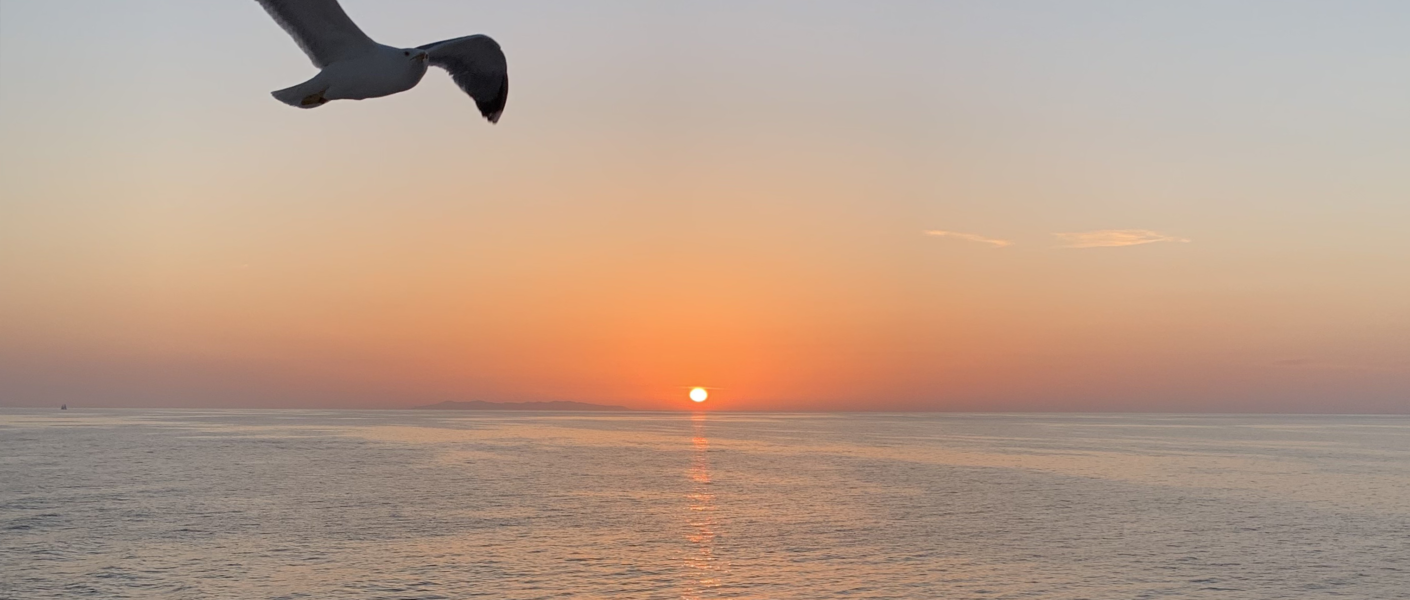OVERLOOKING
THE SEA
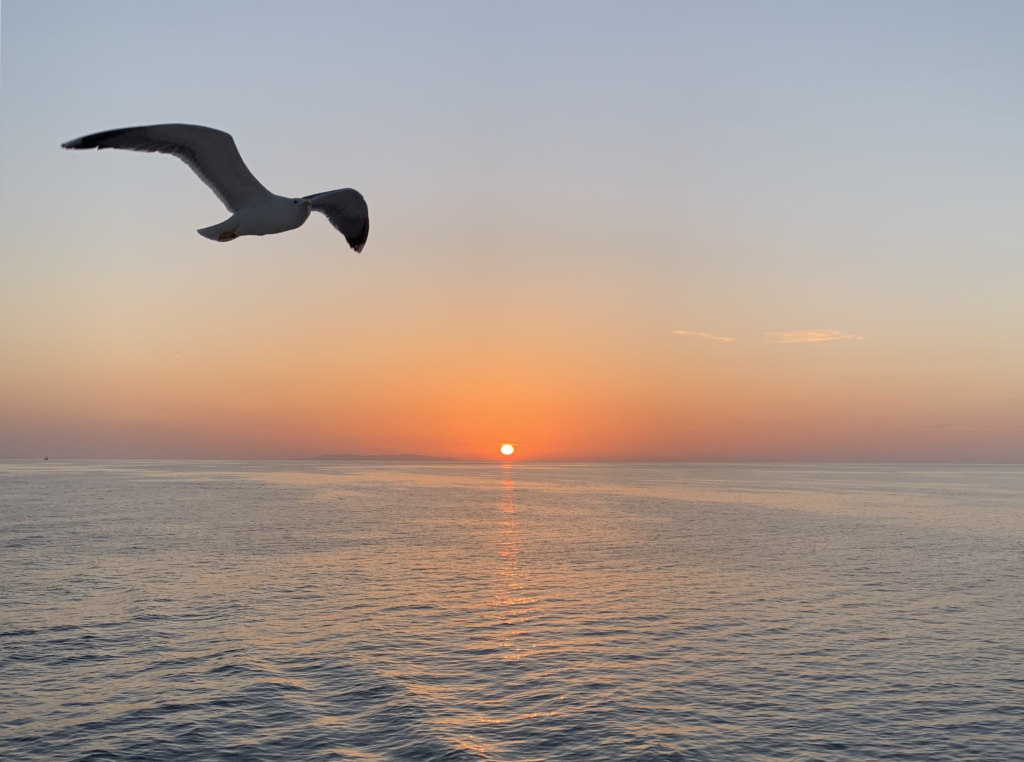
From my bedroom window you I can see the sea.
The view inspired this new playlist: the sea. Many musicians, composers and authors have talked about it, but it is not easy to talk about the sea or even describe it. I am amazed to read so many beautiful lyrics where the sea simply remains in the background: a metaphor or a place where love stories, serene or nostalgic moments take place…
For this reason, I chose to follow this line for my new research: we will talk about the sea, but we will see how this remains above all a source of inspiration, without directly being the main theme.
And so we start from La casa in riva al mare (the house on the beach), a beautiful song by Lucio Dalla with lyrics by Gianfranco Baldazzi and Sergio Baldotti, published by Rca in 1971. Here the sea becomes a representation of the dream of freedom of a prisoner who sees a white house by the sea from his prison window. Maria lives there, a woman the man ends up falling in love with and hopes to be able to marry one day; unfortunately he will die before getting out of prison.
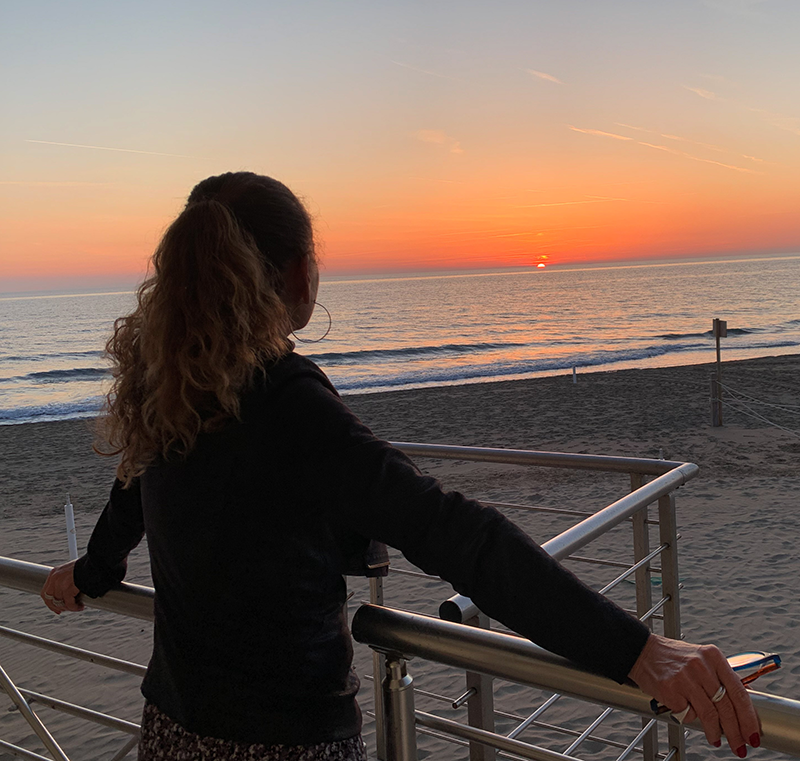
In Garota de Ipanema, the Ipanema beach in Brazil becomes the background again of a beautiful fifteen year old girl (Heloisa “Helo” Pinto), whom the authors of the song Vinicious De Moraes and Tom Jobin often saw walking. The piece, published in 1962, was so successful that it was interpreted by many singers and musicians, from Brazil and from all over the world; the text was also translated into English with the title “The Girl from Ipanema”.
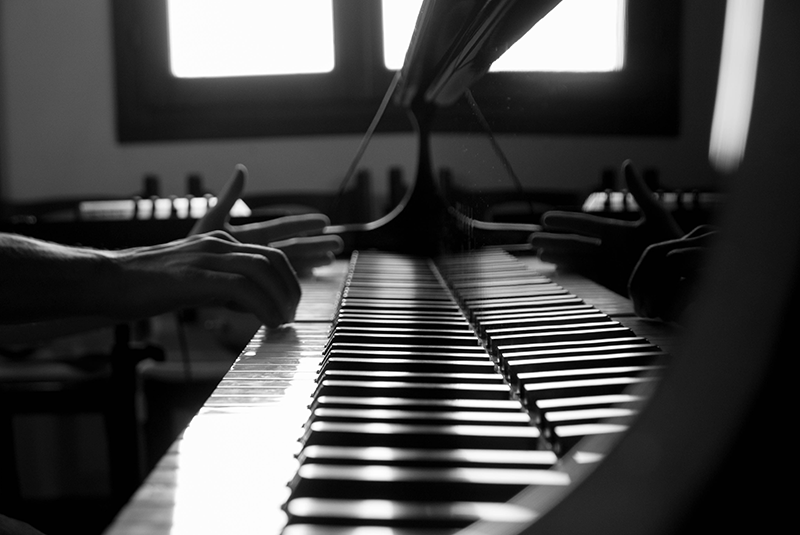
We then talk about Dolphin Dance, here in the version taken from Chet Baker’s album Mr. B from 1983 with Michel Graillier at the piano and Riccardo Del Fra at the bass. The song was composed by pianist Herbie Hancock for his fifth album Maiden Voyage, released in 1966 by Blue Note Records, featuring Freddie Hubbard on trumpet, George Coleman at the tenor sax, Ron Carter at the double bass and Tony Williams at the drums.
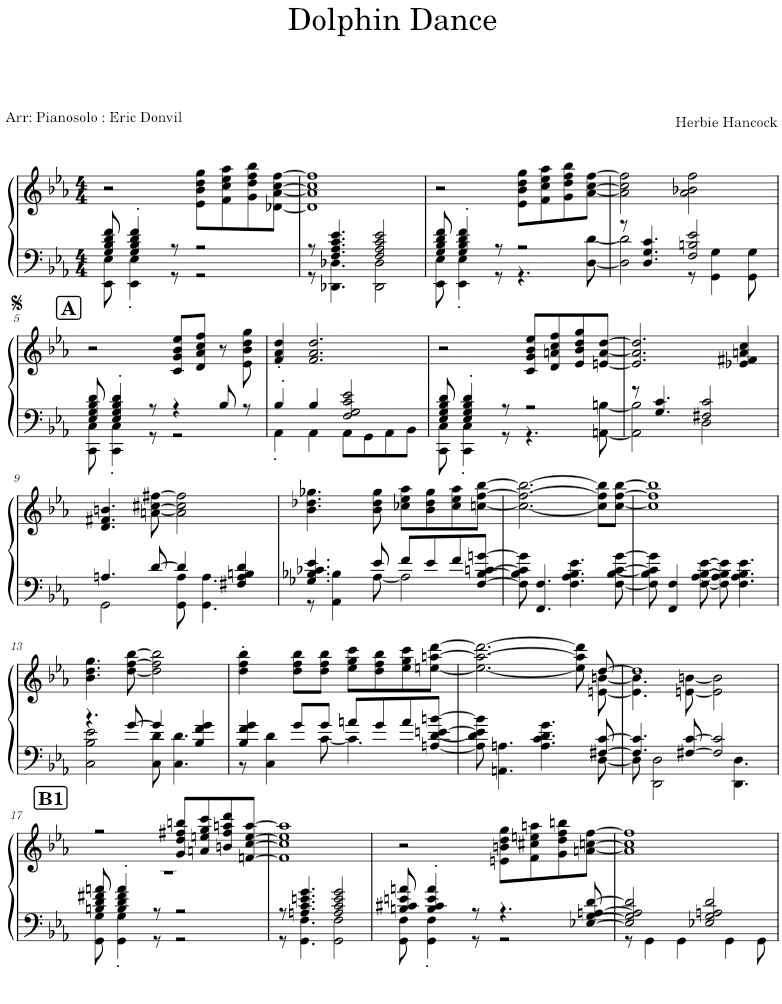
To compose the five songs, that are part of the album, Herbie Hancock was inspired by the sea: Maiden voyage, the first song that gives the title to the album, is the maiden voyage of a boat; in Eye of the Hurricane there is a stormy sea and the boat ends up in the middle of the cyclone. Finally, the journey clears up and ends with Dolphin Dance, the dance of the dolphin. I highly recommend listening to the whole album, beautiful and of great importance in the history of worldwide jazz!
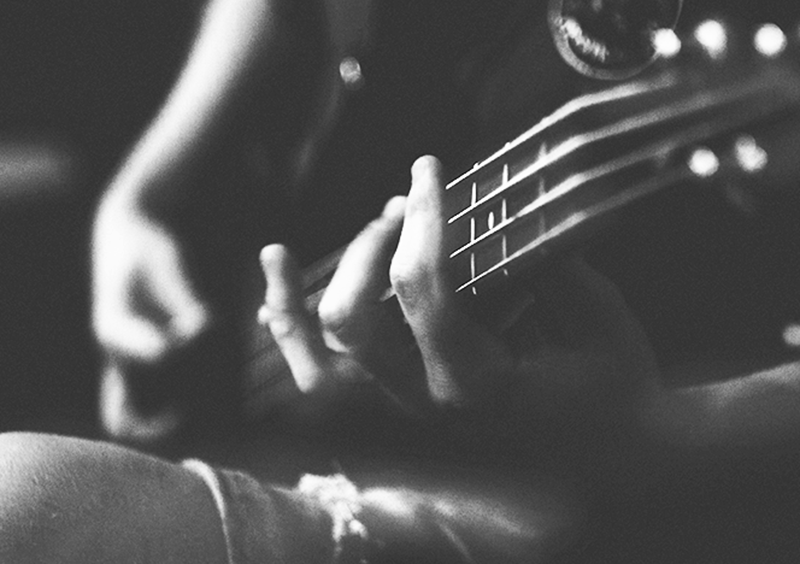
Enjoy a beautiful day at the sea with Stefano Bollani in Certe Giornate al Mare (from Que Bom, 2018) and after listening to Bill Evans’ splendid version of the jazz standard How Deep Is the Ocean, we arrive at the famous song Alfonsina y el mar, here in Avishai Cohen’s version.

This beautiful and intense song is an Argentine zamba, a slow ballad written by Ariel Ramirez and Felix Luna and first published in the 1969 album Donne Argentine by Mercedes Sosa. The song was inspired by the Argentine poet Alfonsina Storni who committed suicide in 1938 jumping off a cliff into the Mar del Plata. In the passage, however, the poet slowly plunges into the sea, taking her poetry with her, accompanied on her journey by the mermaids: a poetic and moving lyric on an elegant, melancholy and dreamy music.
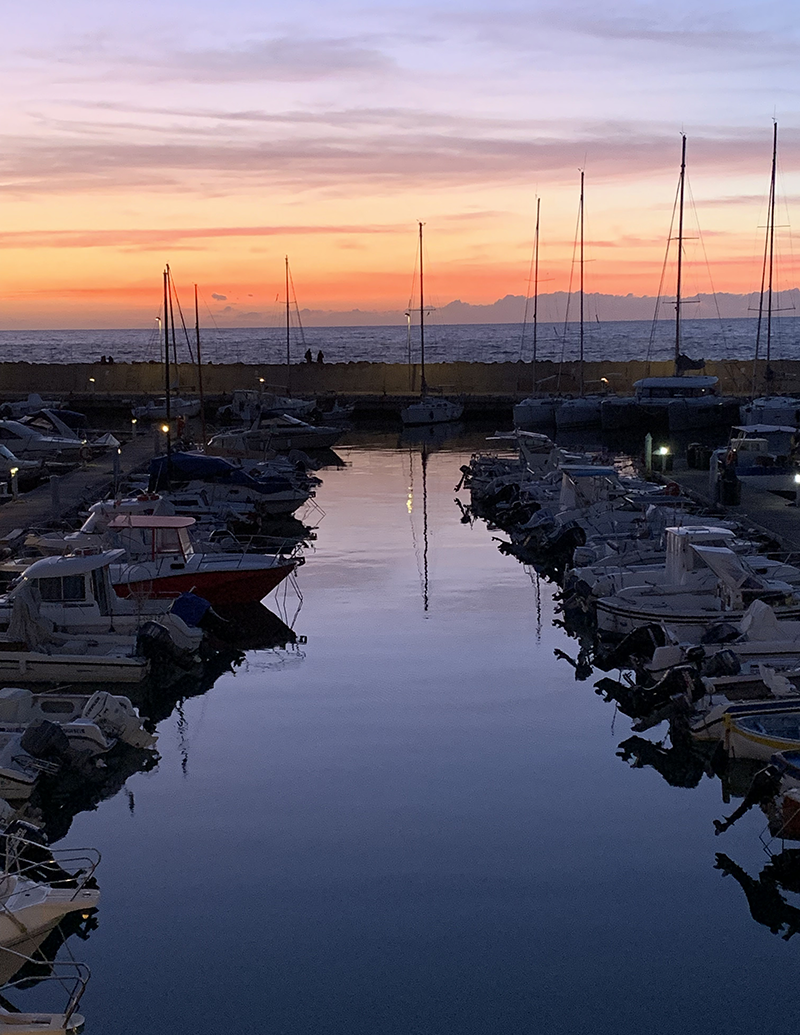
We continue our journey with the beautiful song O Barquinho (the boat), composed by Roberto Menescal and Ronaldo Boscoli, here in the version of the great Elis Regina, where a boat travels serene on the sea in the light of day and sun. Always serene, but with some hints of nostalgia, is the song Velejar (sailing) sung by Esperanza Spalding with trumpeter Tom Harrel, who wrote the song with the English title Sail Away, published on the 1989 album of the same name.
Here come Wave, written in 1967 by the Brazilian musician and composer Antonio Carlos Jobim. Now the sea with its waves becomes a background, a memory and a landscape that offer space to reflect about love, fundamental for the composer since “it is impossible to be happy alone”.
This song became so famous that it was played by many authors: for our playlist I chose the version of the talented singer Gal Costa, one of the most valid and famous interpreters of Brazilian music.
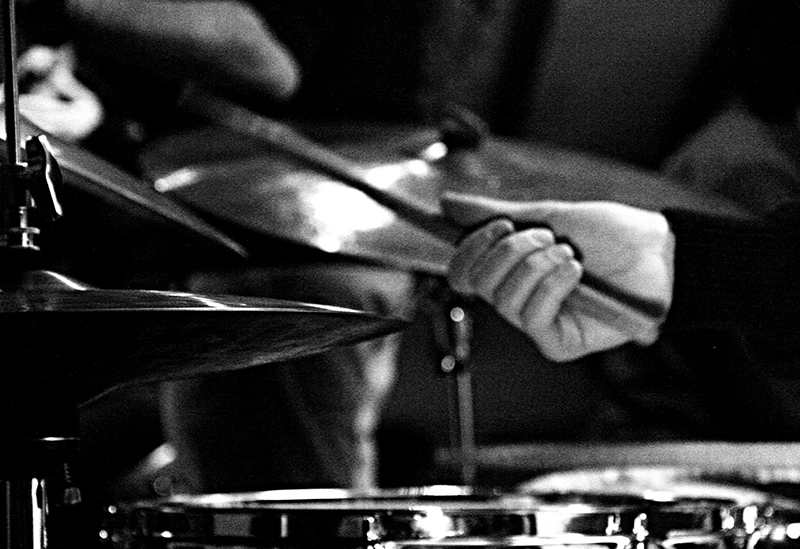
We then come to the last track of our journey: Creuza de mä by Fabrizio De André, released in the album by the same name in 1984. The entire album is sung in Genoese and is inspired by the theme of navigation and trade in the Mediterranean Sea.
The Genoese term creuza can be translated as “path to the sea”, that is, a lane that connects the hinterland with the sea.
The song is inspired by sailors who, after returning from a long journey at sea, fantasize about who they might meet once they land. Like all of De André’s songs, the text is deeply poetic. We wonder about the feelings and emotions of these sailors who also remember the fatigue and loneliness of the sea: “a place where the moon shows itself naked” and where “the night has pointed the knife to the throat”.
The atmosphere that De André creates in this song is really suggestive and poetic and, although melancholy, in my opinion it is a beautiful conclusion for our playlist dedicated to the sea.
An enchanted, powerful place, a starting point for many images and reflections, but above all a world of doubles, capable of being serene and comforting, but also dangerous and tormented.
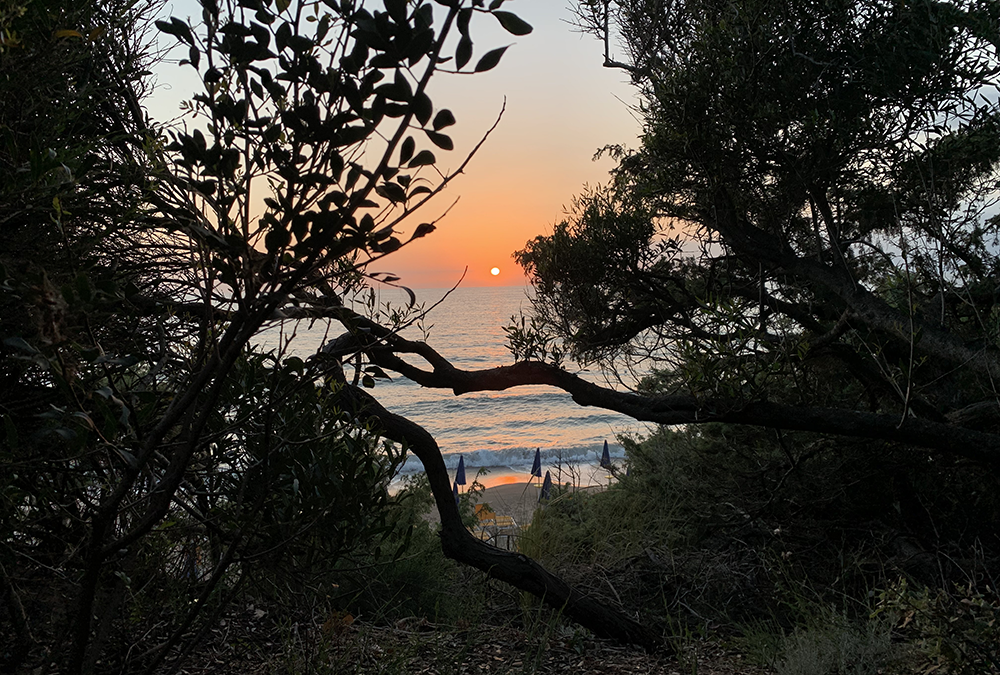

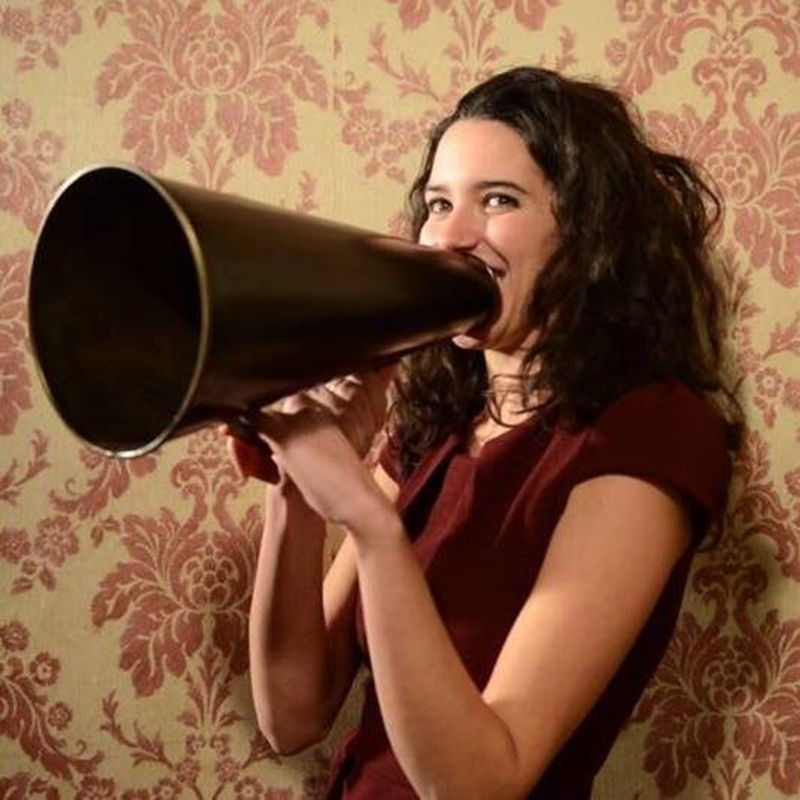
Our passionate expert for the
MUSIC section!

